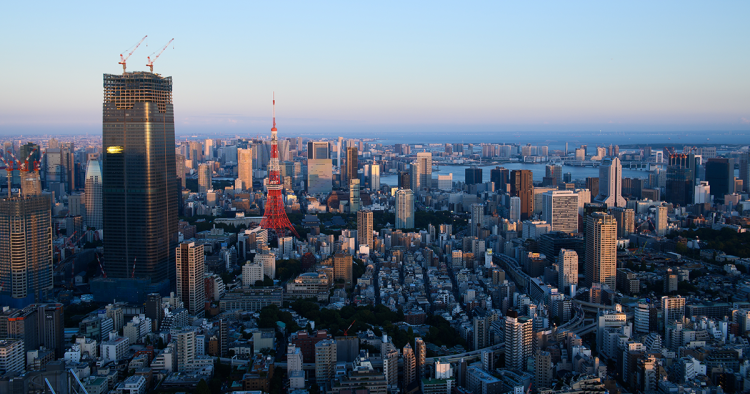By building up the notion of the Indo-Pacific as a critical region, Abe Shinzō, the late Japanese prime minister, created a strategic framework that presaged the geopolitical and economic integration now taking place across Asia and parts of Africa. As South Asian and Middle Eastern countries merge into West Asia, a new continental order could reshape the global balance of power.
During his first visit to India as prime minister, in August 2007, Abe delivered his seminal “Confluence of the Two Seas” speech to the Indian Parliament. Abe drew his speech title from a book written by the Mughal prince Dara Shikoh in 1655, which explored the commonalities between Islam and Hinduism as neighboring religious and civilizational constructs. The Pacific and Indian Oceans also share many commonalities, Abe noted. The “dynamic coupling” of these “seas of freedom and of prosperity” would transform not only the Indo-Pacific region but also “broader Asia.
But Abe, who was assassinated last July, had more than just maritime metaphors in mind. His overarching goal was to build the most consequential bilateral relationship in the Indo-Pacific – India and Japan. As one of the first Asian leaders to recognize the global and regional impact of China’s rise, Abe went on a one-man crusade to create a viable new balance of power. By expanding the geopolitical dimensions of the Asia-Pacific region and pushing it westward toward the Indian Ocean, he helped shift the region’s strategic profile.
Continue reading on Project Syndicate
Photo by Akio Kon/Bloomberg via Getty Images
The Middle East Institute (MEI) is an independent, non-partisan, non-for-profit, educational organization. It does not engage in advocacy and its scholars’ opinions are their own. MEI welcomes financial donations, but retains sole editorial control over its work and its publications reflect only the authors’ views. For a listing of MEI donors, please click here.













